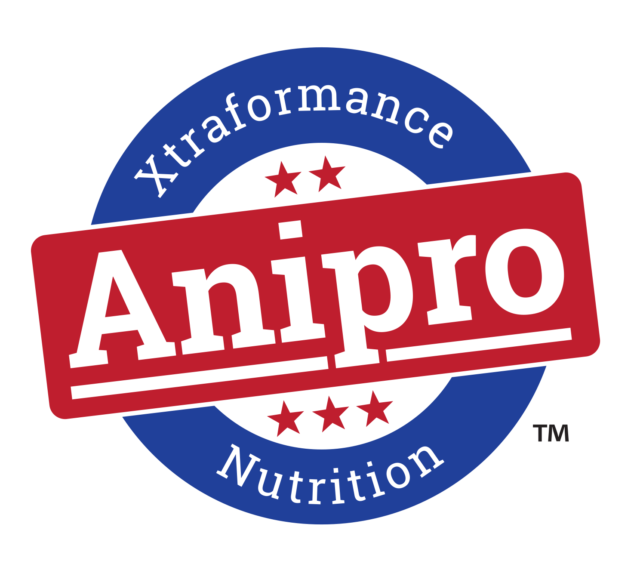As we adapt to changing consumer demands and increasing questions about production practices, Beef Quality Assurance practices have emphasized equipment and handling techniques that help reduce overall stress to the animal.
For most operations, one of the central components to low-stress handling during processing is the squeeze chute. Matching the squeeze chute to the livestock operation is tricky; it’s like looking for the perfect birthday gift. It’s hard to put into words, but you definitely know it when you see it.
Doug Hixon, a former extension specialist and department head at the University of Wyoming, used to challenge producers as well as students to define the “perfect cow” in one sentence.
Hixon’s definition of the perfect cow was a cow that “generated a profit for the rancher while also producing a product that increased consumer demand for beef.”
The definition illustrates a point that every operation may have their own ideal cow that fits their production system, but hopefully all production goals ultimately include enhancing consumer demand.
In search of the ideal chute
Much like the “ideal cow,” every operation needs to find their “ideal chute.” A chute that fits the unique type and size of livestock, specific facilities and employee preferences while also providing low-stress animal restraint and safe, efficient access to the animal for processing.
While the definition may seem easy, the challenge lies in finding a chute that works for all situations and all classes and sizes of cattle.
Cow-calf producers are especially challenged with finding a chute that is “just right.” If the working alley and chute are too wide, animals will attempt to turn around or won’t be properly restrained – increasing the risk of animal injury.
However, too small or narrow an alley and squeeze chute will make it difficult to work larger animals. The ideal system will handle herd bulls for annual vaccination and soundness exams, pregnant cows during their last trimester for pre-calving shots, as well as young calves for preconditioning and weaning procedures.
The ability to adjust or re-size the width of both the working alley as well as chute squeeze and head catch is critical.
Click here or on the image avove to view it at full size in a new window. (PDF, 3.0 MB)
Specifications for the ideal squeeze chute – a chute that:
- Fits all sizes of livestock you plan on processing, from herd bulls to weaned calves
- Is easily adjustable to provide the correct “fit” for all classes/sizes of livestock
- Is convenient to operate, with levers and releases that are designed for safe operation of the animal as well as the processing crew
- Restrains the animal securely and comfortably, with even pressure on both sides of the animal without applying too much pressure or tension (The proper amount of squeeze can actually reduce stress on the animal.)
- Allows for safe, convenient access for vaccination in BQA-recommended areas in front of the shoulder
- Provides adequate traction for animals to reduce slipping and potential injury while restrained in the chute
- Can stand up to normal, long-term use without breakdowns
- Provides some form of line-of-sight screening to improve cattle flow into and out of the chute
- Works quietly and reliably (Loud metallic noises and high-pitched sounds like hydraulic motors should be minimized to reduce overall stress.)
- Is an acceptable compromise of features without sacrificing safety and durability
After you have the ideal chute:
1. Keep chutes properly cleaned and maintained. Regular cleaning and oiling will help reduce weathering and rust and make size adjustments to the chute and head catch easier.
2. Taking the time to properly adjust the chute is important. The width of the chute alley and the head catch opening is key to not only properly restraining the animal but providing safe, efficient access to the animal for proper BQA-approved vaccination.
3. Make sure everyone is comfortable with operating the chute. Making sure that everyone understands all adjustments, release levers and access doors before working cattle will reduce the chance of injury to both livestock and processing crew.
4. Work cattle quietly and efficiently. Remember that speed does not necessarily equal efficiency. Calm, safe processing techniques are better in the long run.
5. Don’t forget to do periodic safety checks, looking for loose pieces or damage to gates, alleyways, crowding tubs and chutes.
Cattle squeeze chutes represent a major purchase for the operation, with many years of expected use. Be sure to shop around; take the opportunity to evaluate several chutes before purchasing. Trade shows, farm shows and large retailers often have several models and brands on display.
Operator safety, access doors, overall size and ease of adjustment are all important factors to consider. Consider the size of cattle and types of processing the chute will be used for. Plan ahead for future addition items such as scales, side-release gates and palpation cage.
Finally, while a squeeze chute is an important part of low-stress processing of cattle, proper planning and calm, quiet techniques are key components as well. Just remember that you can still blame the chute for that one you miss. ![]()
PHOTO: The ability to adjust or re-size the width of the working alley, chute squeeze and head catch is critical to reduce the risk of animal injury. Photo provided by Steven Paisley.
Illustration: Easily adjustable, to provide the correct “fit” for all classes/sizes of livestock. Illustrations by Kevin Brown.

-
Steven Paisley
- Wyoming State BQA Coordinator
- Extension Beef Cattle Specialist - University of Wyoming
- Email Steven Paisley












